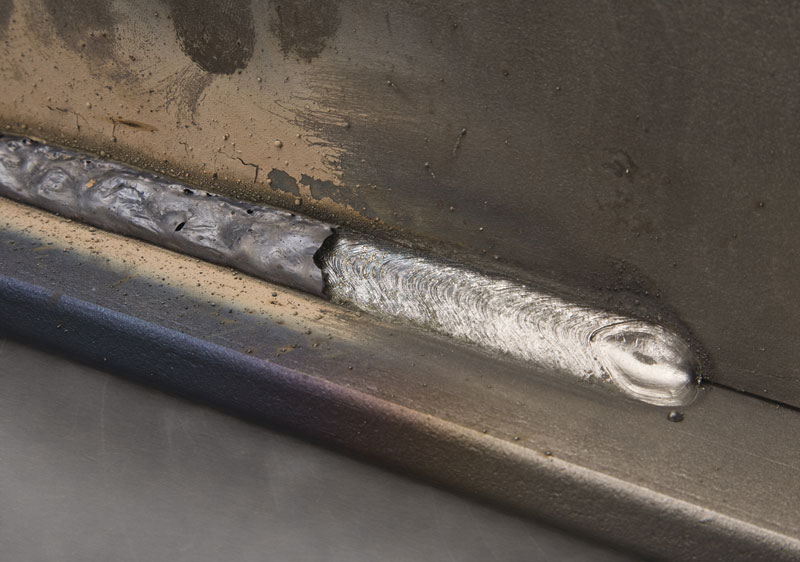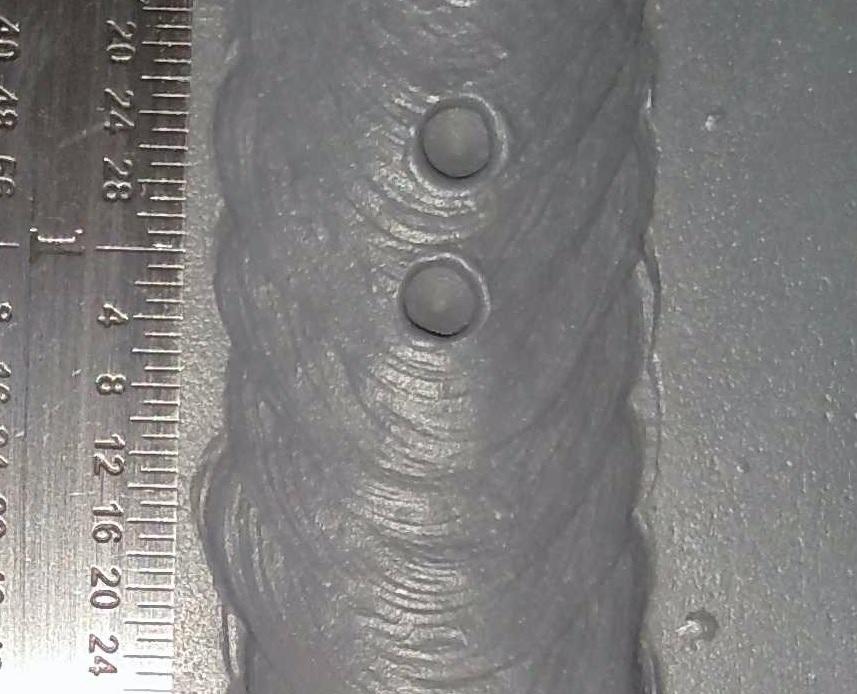Porosity in Welding: Identifying Common Issues and Implementing Finest Practices for Avoidance
Porosity in welding is a pervasive problem that typically goes undetected till it causes substantial problems with the stability of welds. In this discussion, we will check out the crucial elements contributing to porosity formation, analyze its harmful results on weld performance, and go over the ideal practices that can be embraced to reduce porosity occurrence in welding procedures.
Typical Root Causes Of Porosity

One more regular culprit behind porosity is the existence of contaminants externally of the base metal, such as oil, oil, or rust. When these contaminants are not efficiently gotten rid of prior to welding, they can evaporate and end up being trapped in the weld, triggering flaws. Using unclean or damp filler products can introduce pollutants into the weld, adding to porosity problems. To mitigate these usual reasons for porosity, comprehensive cleaning of base metals, proper securing gas selection, and adherence to optimum welding parameters are vital techniques in attaining top notch, porosity-free welds.
Impact of Porosity on Weld High Quality

The presence of porosity in welding can dramatically jeopardize the architectural honesty and mechanical properties of bonded joints. Porosity creates voids within the weld steel, weakening its total stamina and load-bearing capacity.
Welds with high porosity levels have a tendency to show reduced impact stamina and lowered ability to warp plastically before fracturing. Porosity can hinder the weld's capacity to effectively transmit pressures, leading to premature weld failing and possible security hazards in vital structures.
Ideal Practices for Porosity Prevention
To boost the structural honesty and quality of bonded joints, what certain procedures can be applied to reduce the event of porosity throughout the welding process? Porosity avoidance in welding is important to make sure the honesty and stamina of the last weld. One efficient method appertains cleansing of the base metal, removing any type of impurities such as rust, oil, paint, or dampness that can cause gas entrapment. Making sure that the welding devices remains in excellent problem, with tidy consumables and appropriate gas circulation prices, can additionally significantly lower porosity. Additionally, keeping a steady arc and regulating the welding criteria, such as voltage, present, and travel rate, see it here assists develop a consistent weld pool that decreases the threat of gas entrapment. Utilizing the appropriate welding strategy for the particular product being bonded, such as adjusting the welding angle and gun placement, can additionally prevent porosity. Routine examination of welds and immediate removal of any type of problems recognized during the welding procedure are important practices to continue reading this avoid porosity and generate top notch welds.
Significance of Correct Welding Techniques
Applying appropriate welding strategies is extremely important in making sure the structural integrity and high quality of welded joints, building on the foundation of effective porosity avoidance actions. Welding strategies straight influence the total toughness and durability of the welded framework. One vital element of correct welding methods is maintaining the right warmth input. Too much warmth can cause enhanced porosity as a result of the entrapment of gases in the weld pool. Alternatively, insufficient heat might cause insufficient combination, developing potential weak factors in the joint. Furthermore, utilizing the proper welding parameters, such as voltage, existing, and take a trip rate, is vital for accomplishing sound welds with very little porosity.
Additionally, the choice of welding procedure, whether it be MIG, TIG, or stick welding, must align with the details requirements of the task to make certain optimal results. Correct cleaning and prep work of the base steel, as well as picking the appropriate filler material, are likewise vital components of proficient welding strategies. By adhering to these finest methods, welders can minimize the threat of porosity development and create high-quality, structurally audio welds.

Examining and High Quality Control Steps
Examining procedures are vital to spot and protect against porosity in welding, guaranteeing the toughness and resilience of the last product. Non-destructive screening techniques such as ultrasonic screening, radiographic screening, and visual examination are generally utilized to determine potential defects like porosity.
Carrying out pre-weld and post-weld examinations is also important in preserving quality assurance requirements. Pre-weld inspections involve verifying the products, devices setups, and cleanliness of the workspace to stop contamination. Post-weld inspections, on the other hand, analyze the last weld for any kind of defects, consisting of porosity, and validate that it fulfills defined criteria. Carrying out a thorough quality assurance strategy that includes comprehensive testing treatments and visit their website evaluations is critical to lowering porosity issues and making certain the total quality of welded joints.
Final Thought
Finally, porosity in welding can be a typical issue that impacts the quality of welds. By recognizing the usual reasons of porosity and carrying out best techniques for prevention, such as correct welding strategies and screening procedures, welders can make certain premium quality and dependable welds. It is important to prioritize avoidance approaches to minimize the occurrence of porosity and preserve the honesty of welded structures.